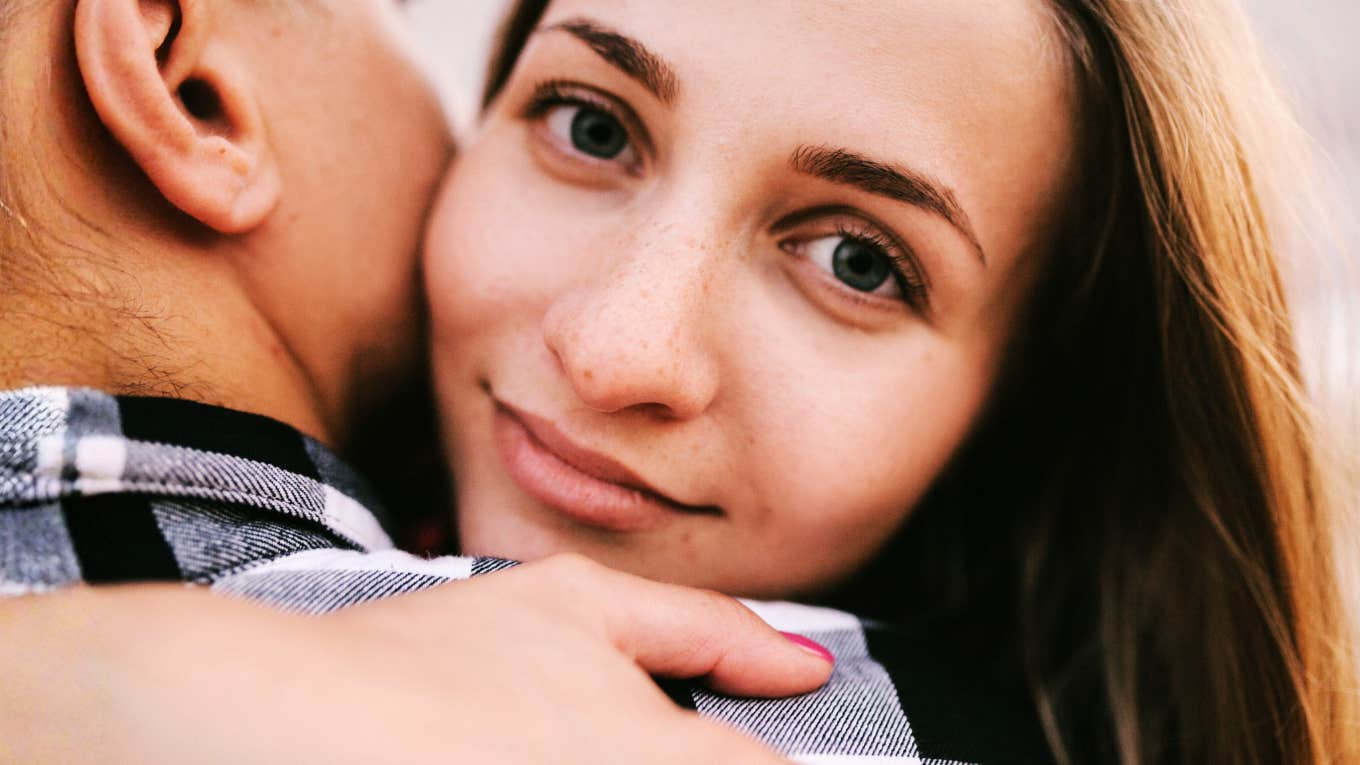Study Finds The Evolutionary Reason People Like Who They Like, Romantically
What men and women look for in a mate, according to evolution.
 LilacHome | Shutterstock
LilacHome | Shutterstock Science has shown us, once again, that the more things change, the more things stay rigidly the same. This is true even for what men and women find attractive in partners.
No matter what your perspective is on love and attraction, it always seems to come down to men tending to look for partners who are younger and more physically attractive, while women tend to look for partners who are older and more financially stable.
I know — this news is stunning, but what's even more surprising is that these preferences have their roots in evolution.
Study finds the evolutionary reason people like who they like, romantically
In 2015, researchers from the University of Texas at Austin studied 4,764 men and 5,389 women from 33 different countries and 37 different cultures. The subjects were given 18 possible characteristics of a mate and were then asked to rate those characteristics.
Across the board, both men and women found that love, a dependable character, emotional stability, and a pleasing disposition are the highest on the list of favorable characteristics for a mate. It wasn't until the fifth possible characteristic that men and women started to differ in their choices.
The difference between men's and women's most important traits
 Migma__Agency via Shutterstock
Migma__Agency via Shutterstock
The results of the survey showed a stark difference in trait preference for mate selection between men and women.
After the top shared characteristics, men responded that they look for:
- Physical attractiveness
- Youth
And women responded that they look for:
- Status
- Money
The study's lead author, Daniel Conroy-Beam, said about the results, "The large overall difference between men's and women's mate preferences tells us that the sexes must have experienced dramatically different challenges in the mating domain throughout human evolution."
And the study's co-author, David Buss, explained that, "Many want to believe that women and men are identical in their underlying psychology, but they differ strikingly in their evolved mate preferences in some domains. The same holds true in highly sexually egalitarian cultures such as Sweden and Norway as in less egalitarian cultures such as Iran."
Conroy-Beam added, "Because women bear the cost of pregnancy and lactation, they often faced the adaptive problem of acquiring resources to produce and support offspring, while men faced adaptive problems of identifying fertile partners and sought cues to fertility and future reproductive value."
Few decisions impact reproduction more than mate choice.
"Mate preferences will therefore be a central target and driver of biological evolution, Conroy-Beam concluded. "We have found some promising initial results, and we think this holistic approach will help answer a lot of questions in mating research in the future."
The research on evolutionary psychology predicted that men and women tend to have consistently different mating strategies because of one simple fact: women get pregnant and men don't. Pregnancy has a huge impact on her life, and the characteristic preferences for mate selection supported this real-life fact.
This incredibly basic asymmetry means that men and women face different challenges in regard to reproductive fitness, or the number of offspring produced by an individual. So, in the end, it all seems to boil down to keeping the human race going.
Christine Schoenwald is a writer and performer. She's had articles in The Los Angeles Times, Salon, Bustle, Medium, and Woman's Day.

